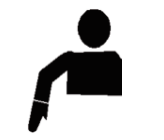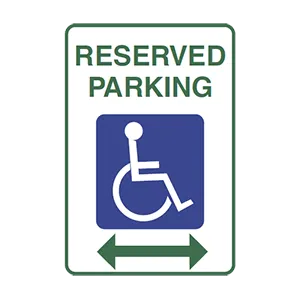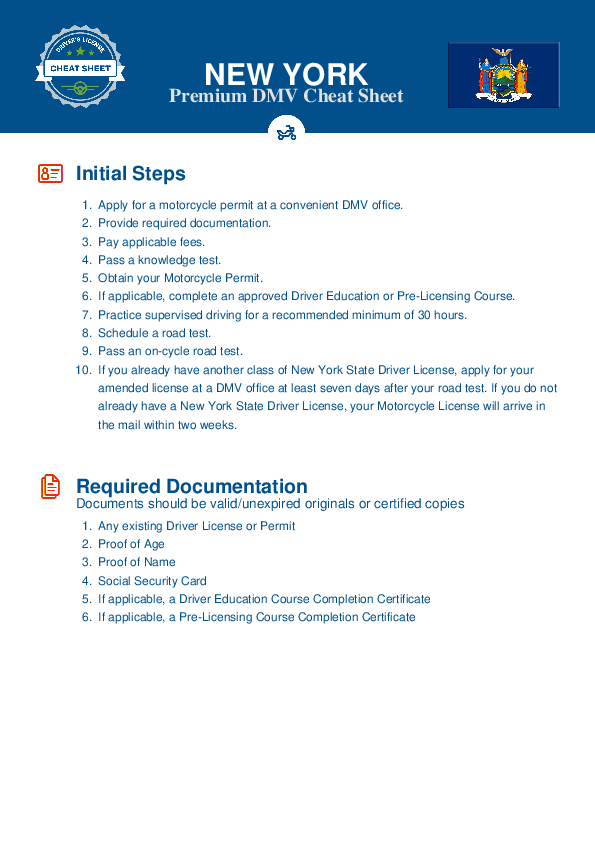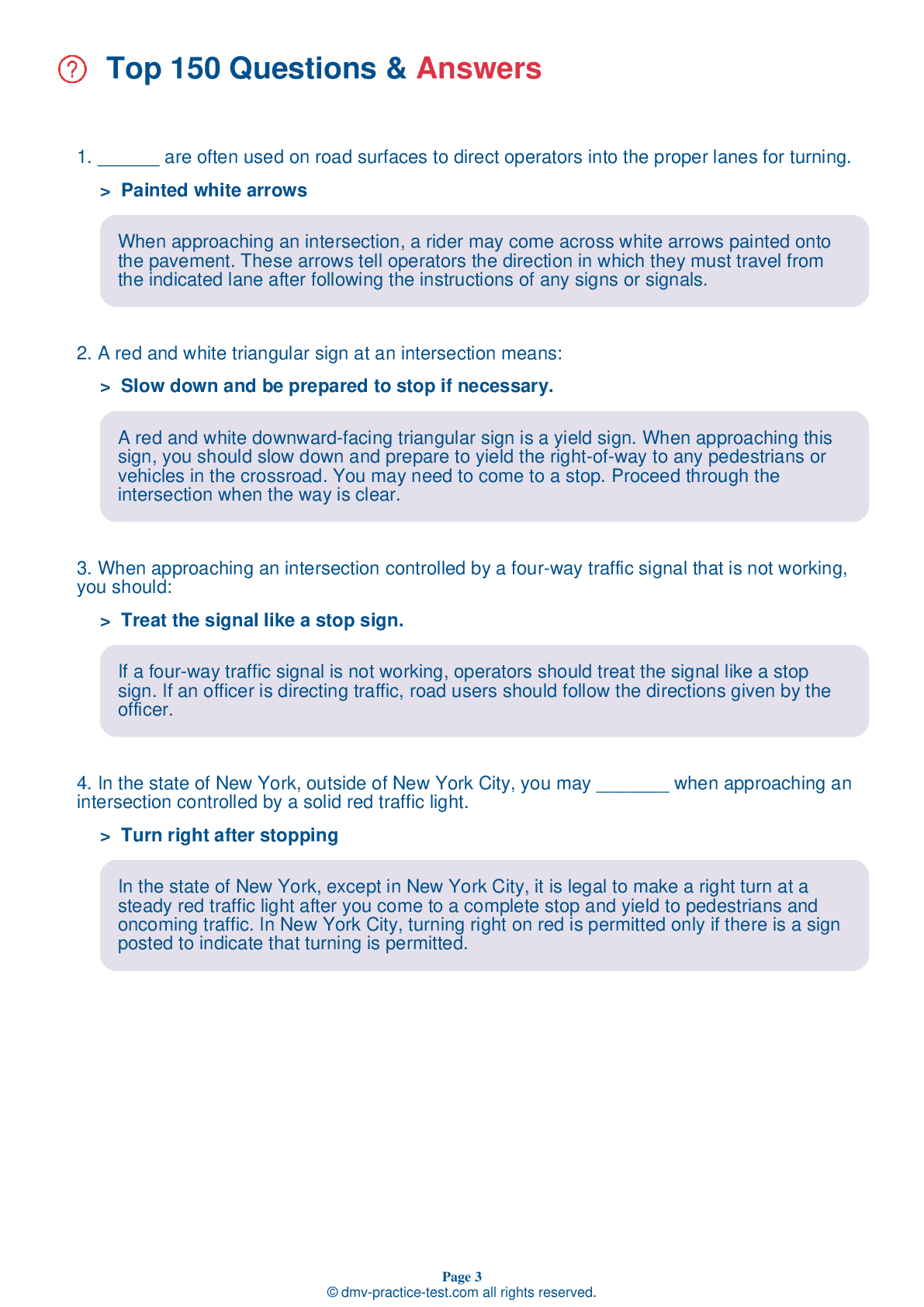Motorcycle Test | License NY 2025 | FREE Online Practice! #1
Take this FREE motorcycle test (license in NY 2025) to check your knowledge of the road rules. To improve your results, download a motorcycle handbook online, study theory, and practice for free on our website. Still worried about how to get a motorcycle license in New York in 2025? Check our website for more sample tests, train as much as possible, and boost your grades!
1 . What should you do when you see this sign?
This sign indicates that there is a railroad crossing on the road ahead. You should always slow down when approaching a railroad crossing. Trains cannot yield to cars, so you must let them pass before crossing the tracks.
2 . What does this hand signal mean?

Instead of or in addition to mechanical turn signals, operators may use hand signals to indicate turns or stops. If an operator's left arm is bent at the elbow and pointing downward, it means the operator plans to slow down or stop.
3 . Before every ride, you should:
Perform safety checks before every motorcycle ride. Test your brake controls individually to make sure each one activates the brake lights.
4 . What could happen if a motorcyclist takes a turn too fast?
Riders often try to take curves or turns too fast. When they can’t hold the turn, they end up crossing into another lane of traffic or going off the road. Riders also often overreact and brake too hard, causing a skid and loss of control.
5 . This road sign means:

This sign marks parking spaces that are reserved for people with disabled parking permits.
See the exact questions that will be on the 2025 New York DMV exam.
99.2% of people who use the cheat sheet pass the FIRST TIME
Jeneen was tired of paying $5/gallon. She got herself a scooter that required the motorcycle license. She studyed the motorcycle test cheat sheet and passed her test the next day!
Christopher tells us how he knew nothing prior to obtaining the motorcycle study guide, and he only got one question wrong because he clicked on the wrong answer by mistake.



